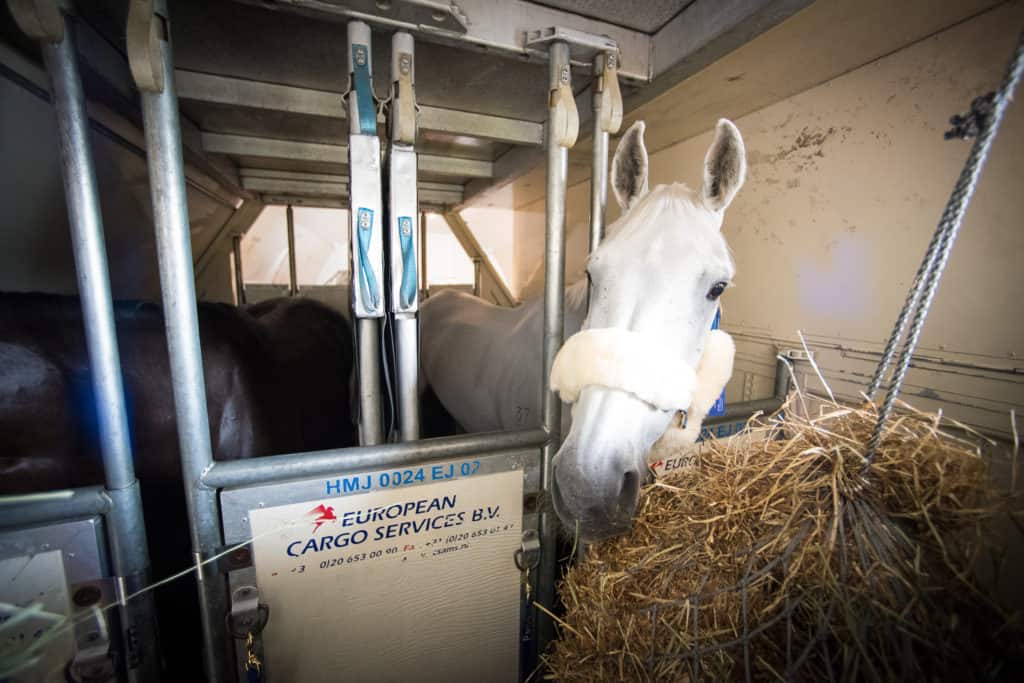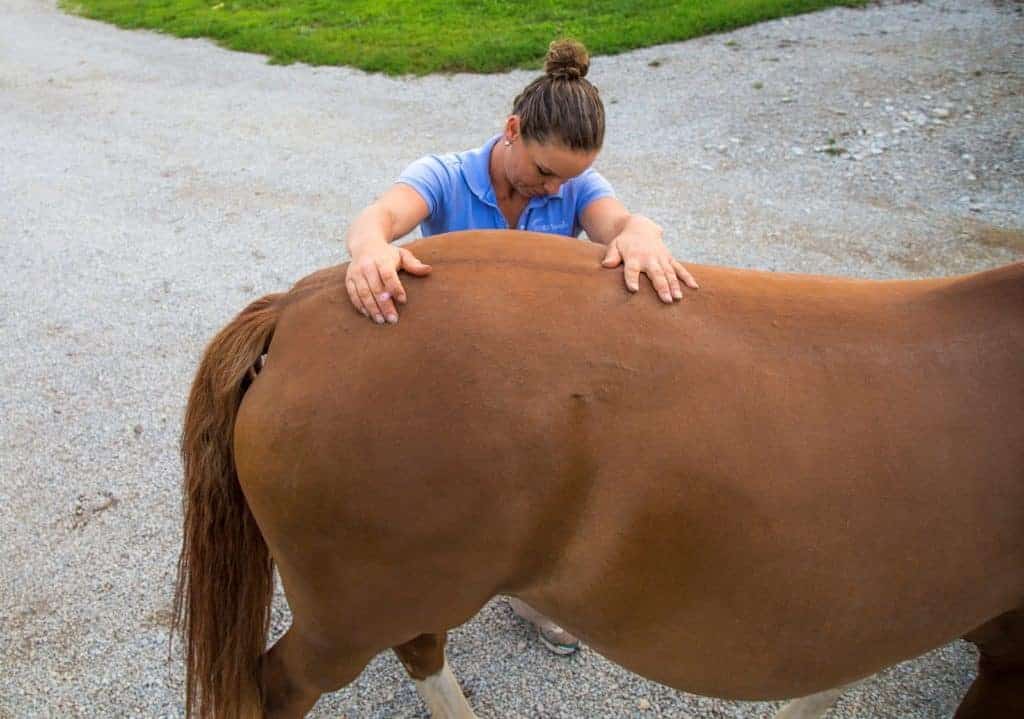
Problematic Behavior in Nonpregnant Mares: Is it Reproduction-Related?
Vets should perform a careful assessment of a mare’s hormonal status to determine whether there’s a definitive, repeatable relationship between it and her undesirable behavior.

Vets should perform a careful assessment of a mare’s hormonal status to determine whether there’s a definitive, repeatable relationship between it and her undesirable behavior.

The prognosis for performance soundness in nonracing horses diagnosed with sagittal groove injury and concurrent osteoarthritis is poor, researchers found.

Researchers determined that SAA is a more reliable indicator of inflammation than rectal temperature in traveling horses.

Instead of causing foot pain directly, rear hoof imbalances seem to cause more problems higher up the leg—to the hocks, stifles, glutes, and sacroiliac joint, one vet says.

Ultrasound is a useful screening tool for assessing some deep digital flexor tendon lesions, but it could cause veterinarians to underestimate navicular bursa and collateral sesamoidean ligament lesions.

Applying learning theory principles in equine veterinary practice can improve safety and horse welfare, as well as client satisfaction. Here’s what to know.

Both medical and surgical management resulted in more than 94% of treated horses surviving to discharge from one hospital, researchers found.

Researchers found that surgical correction of a patent urachus or infected umbilical remnants often has a good outcome.

Here’s how vets can carry out five common mildly aversive procedures using learning science and behavior modification techniques.

Cytology allows vets to correctly diagnose a corneal ulcer’s underlying cause and institute appropriate therapy.

Removing the ovaries won’t fix other issues, from static shock to bladder adhesions, that can make mares behave badly.

A 15-minute tourniquet application was sufficient to achieve peak synovial amicacin concentrations in the coffin joint.

Advances in how vets manage sepsis, as well as incorporating preventive strategies for laminitis, are leading to improved outcomes.

Resistant bacteria do not necessarily have the ability to cause more severe disease as long as veterinarians identify them promptly and begin appropriate treatment.

During AAEP’s Kester News Hour, Dr. Rob MacKay reviewed his favorite studies of 2017, covering EPM, EHV, SAA, and more.

This confirms the need for good hygiene within vet hospitals to prevent MRSA spread between veterinarians and horses.
Stay on top of the most recent Horse Health news with
"*" indicates required fields